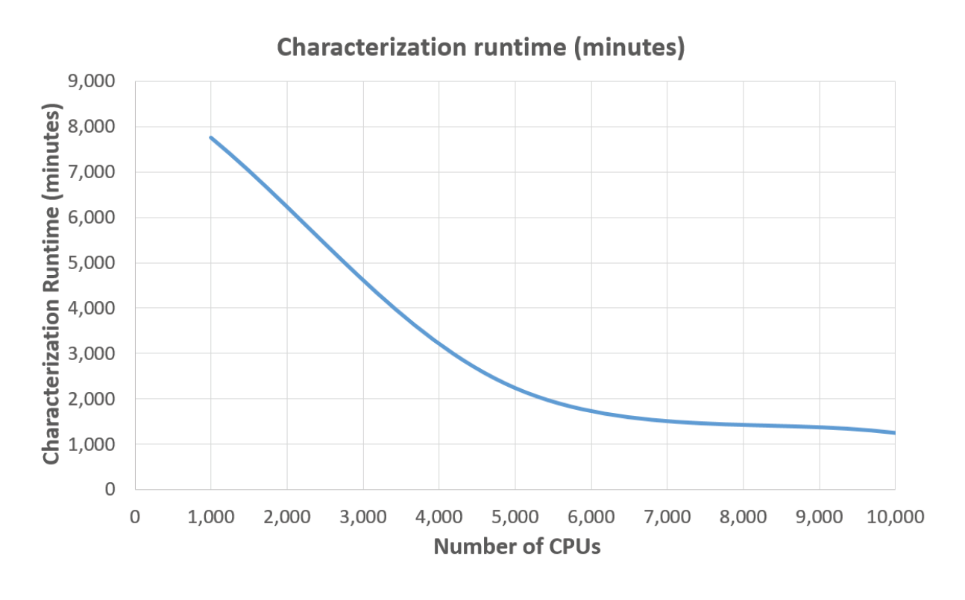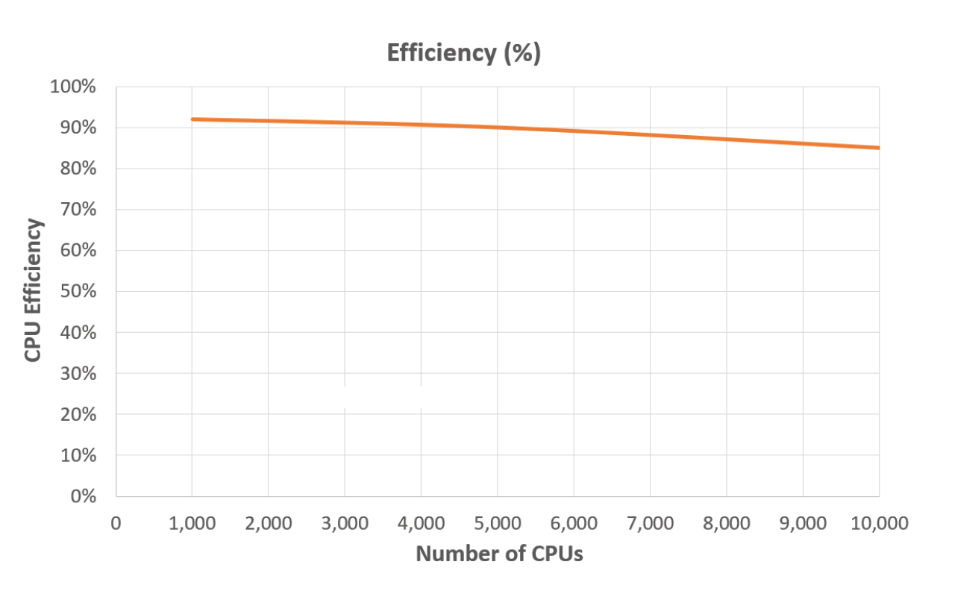Pressing demands on compute speeds, storage capacity and rapid access to data are not new to the semiconductor industry. A desire for access to on-demand computing resources have always been there. During pre-cloud-computing era, companies provisioned on-demand compute capacity by procuring high performance computing equipment that could handle peak demand. This led to under-utilization of equipment during typical demand periods. Interestingly, larger companies, in spite of their ownership of lot of high-performance computing assets, sometimes also experienced the opposite situation. And that was lack of availability of the right kind of compute resources during extreme peak demand periods, when multiple large projects were going on concurrently.
Availability of outsourced cloud compute and storage services changed all this. The risks and costs of procuring the latest and greatest equipment was shifted to cloud services companies. Customers were able to convert large upfront fixed costs (capital expenditures) to use-based variable costs. Customers simply accessed what was needed, when it was needed and how (the resource mix) it was needed. Utilizing on-demand-computing capability from an outsourced cloud-services provider started making sense for companies of all sizes.
Is shifting to outsourced cloud-based on-demand computing just about cost savings and converting fixed cost to variable cost? Depending on the compute application and a combination of right tools and methodologies, the benefits could be lot more than the obvious cost benefits.
A recently published whitepaper showcases the value to a customer in characterizing libraries over the cloud. The whitepaper was collaboratively authored by Baris Guler and Kenneth Chang of Amazon’s AWS Division and Matthieu Fillaud and Wei-Lii Tan of Siemens EDA. Library characterization is the process of generating timing models for library elements that will be used for chip-level or block-level timing simulation and analysis. It is a task that lends itself well for scalability offered by cloud platforms.
In this blog, I’ll touch on just some of the key aspects of the Siemens-AWS solution for library characterization.
Rapid Deployments with Repeatable Success
Just as a reference design or platform contains essential elements of a system that a user may modify to customize as required, an AWS CloudFormation Template is a reference template that specifies essential elements needed for the cloud service. Siemens has collaborated with Amazon’s AWS division to create a template that is an excellent starting point for library characterization purposes. From this starting point, customers can easily customize to their specific need on hand by modifying the template. The AWS CloudFormation service itself leverages the template to create and provision the resources in an orderly and predictable way.
Rapid deployments of characterization runs are enabled by AWS ParallelCluster. It is an AWS supported open-source cluster management tool for quickly deploying and managing the clusters (resources) in the AWS Cloud. It automatically sets up the required compute resources and shared filesystem.
Data Security
The Siemens-AWS solution includes security measures incorporating user identification process and traceability for actions taken on the cloud. The solution also executes protocols to ensure data is transported, used and stored securely.
Predictability of Runtimes
A key benefit of moving to cloud-based on-demand computing will be lost if characterization runtimes become unpredictable. The Siemens-AWS collaboration has yielded a quick to setup, easy to use solution that results in predictable runtimes. Referring to Figure 1, users can adjust the resource provisioning in a predictable fashion, depending on how long a runtime their projects can tolerate.
Figure 1: Characterization runtime chart

Source: Siemens EDA
Efficient Scalability of CPUs
AWS ParallelCluster allows library characterization users to dynamically deploy and manage compute clusters. This allows invoking virtual machine instances on demand, as well as shut down and deallocation of virtual machine instances after use. This enables users to scale to large numbers of CPUs effectively during characterization runs. Referring to Figure 2, Siemens’ cloud characterization flow can achieve close-to linear scalability up to 10,000 CPUs on AWS.
Figure 2: CPU Scalability chart

Source: Siemens EDA
As summarized in this blog, Siemens and Amazon have collaborated to offer a rapidly deployable, secure, cost-effective and scalable cloud characterization flow to accelerate library characterization with runtime predictability. For a detailed insight into the solution, please refer to the whitepaper and have exploratory discussions with Siemens EDA. You can download the whitepaper “Siemens Cloud Characterization on Amazon Web Services” here.
Also Read:
Smarter Product Lifecycle Management for Semiconductors
Observation Scan Solves ISO 26262 In-System Test Issues
Siemens EDA wants to help you engineer a smarter future faster
Share this post via:





Comments
One Reply to “Library Characterization: A Siemens Cloud Solution using AWS”
You must register or log in to view/post comments.